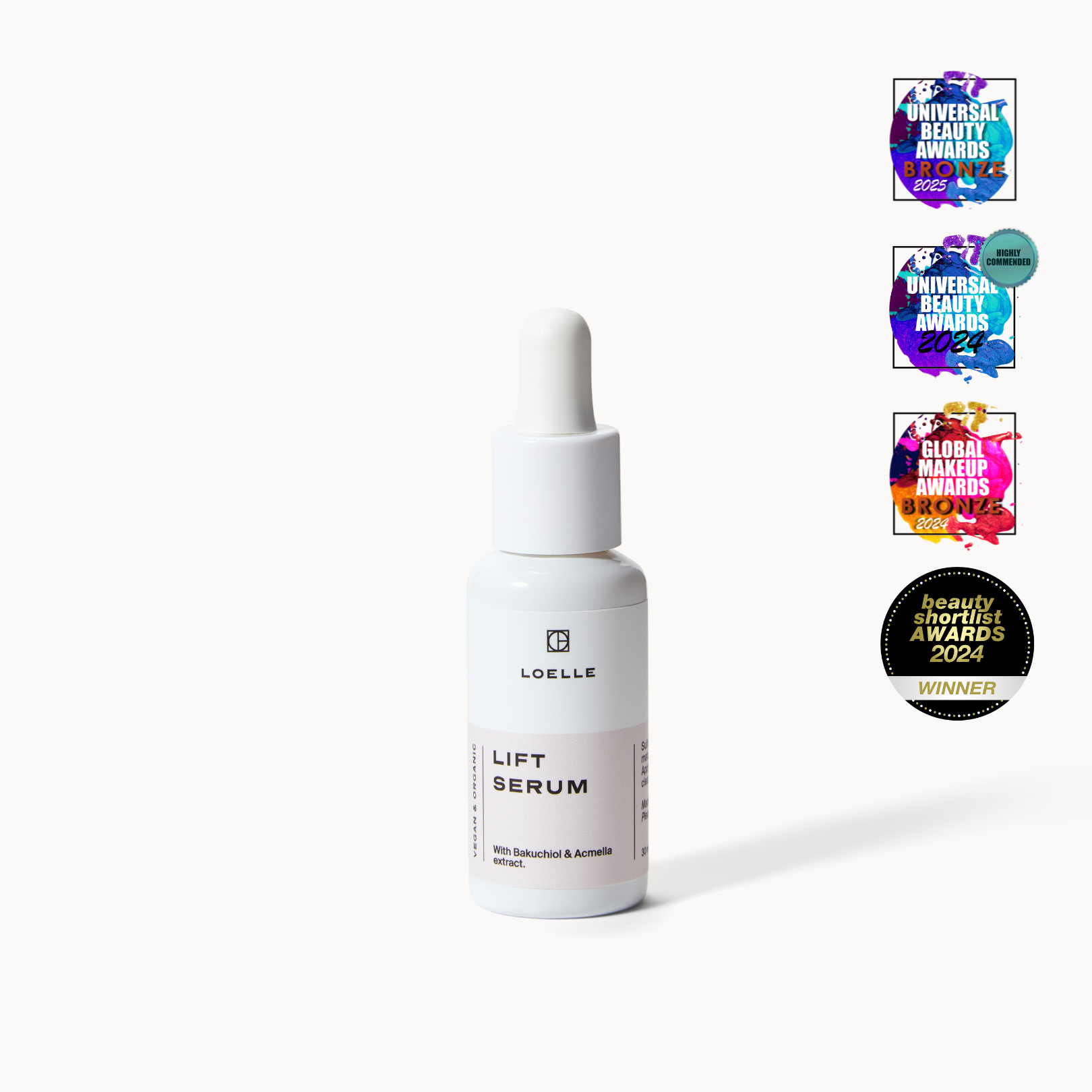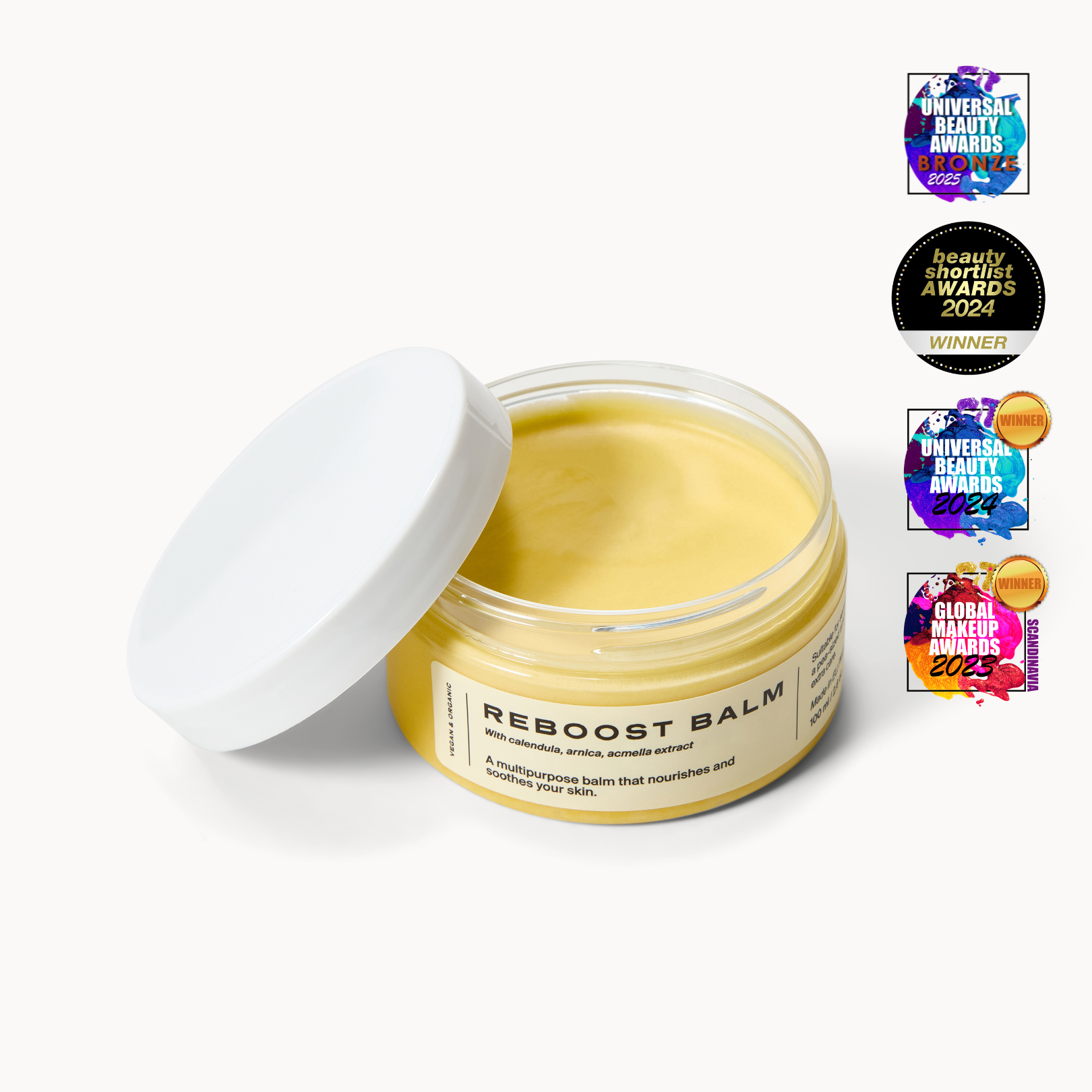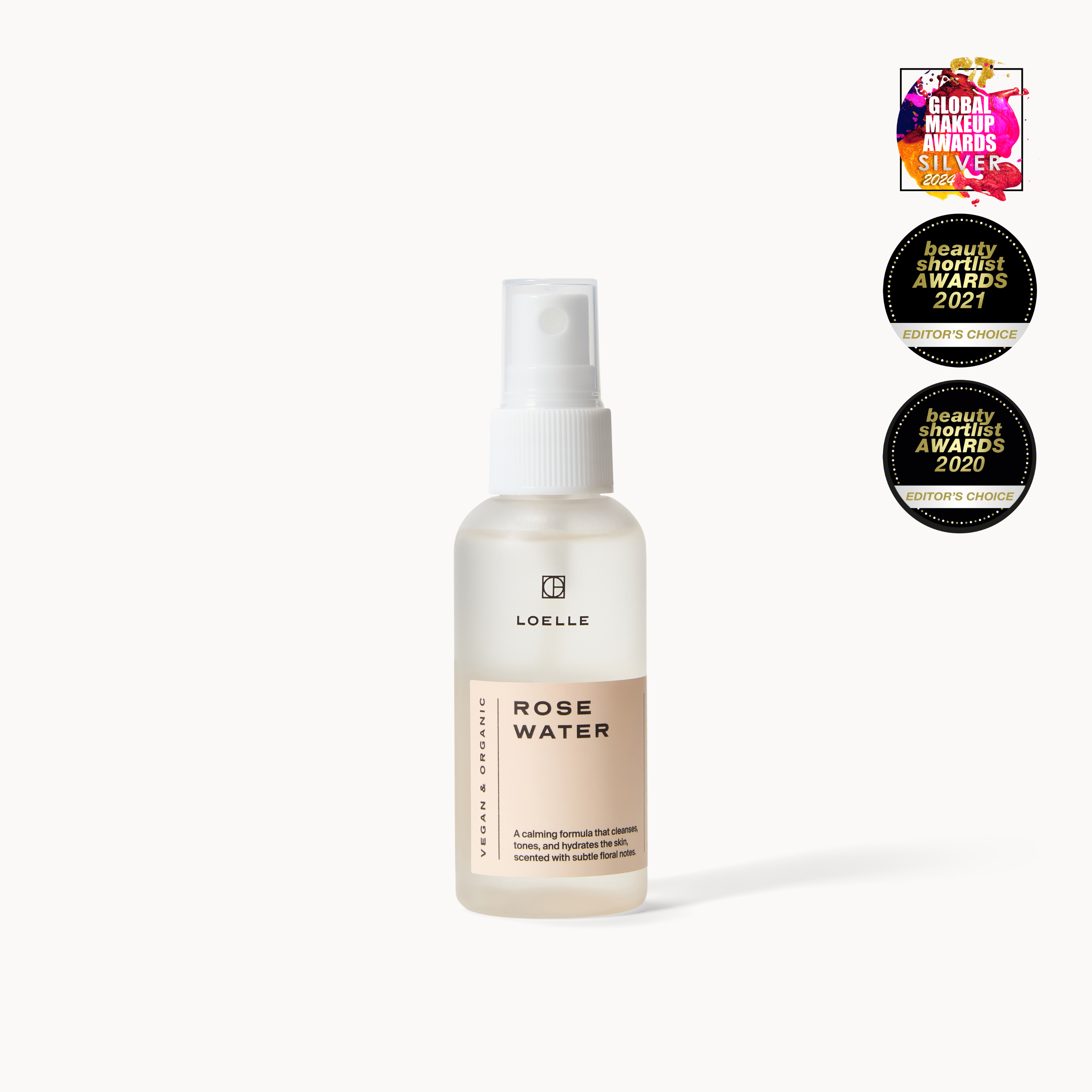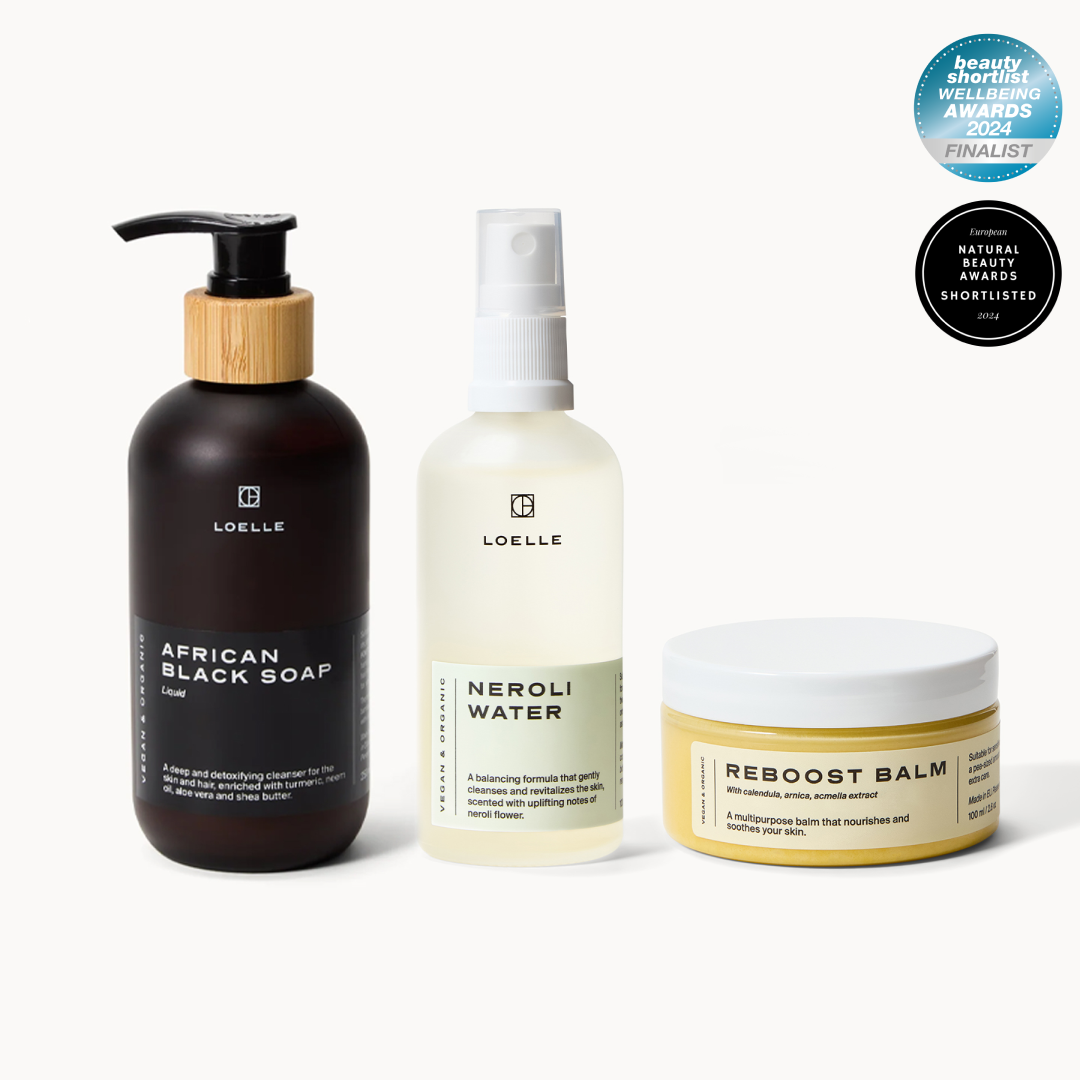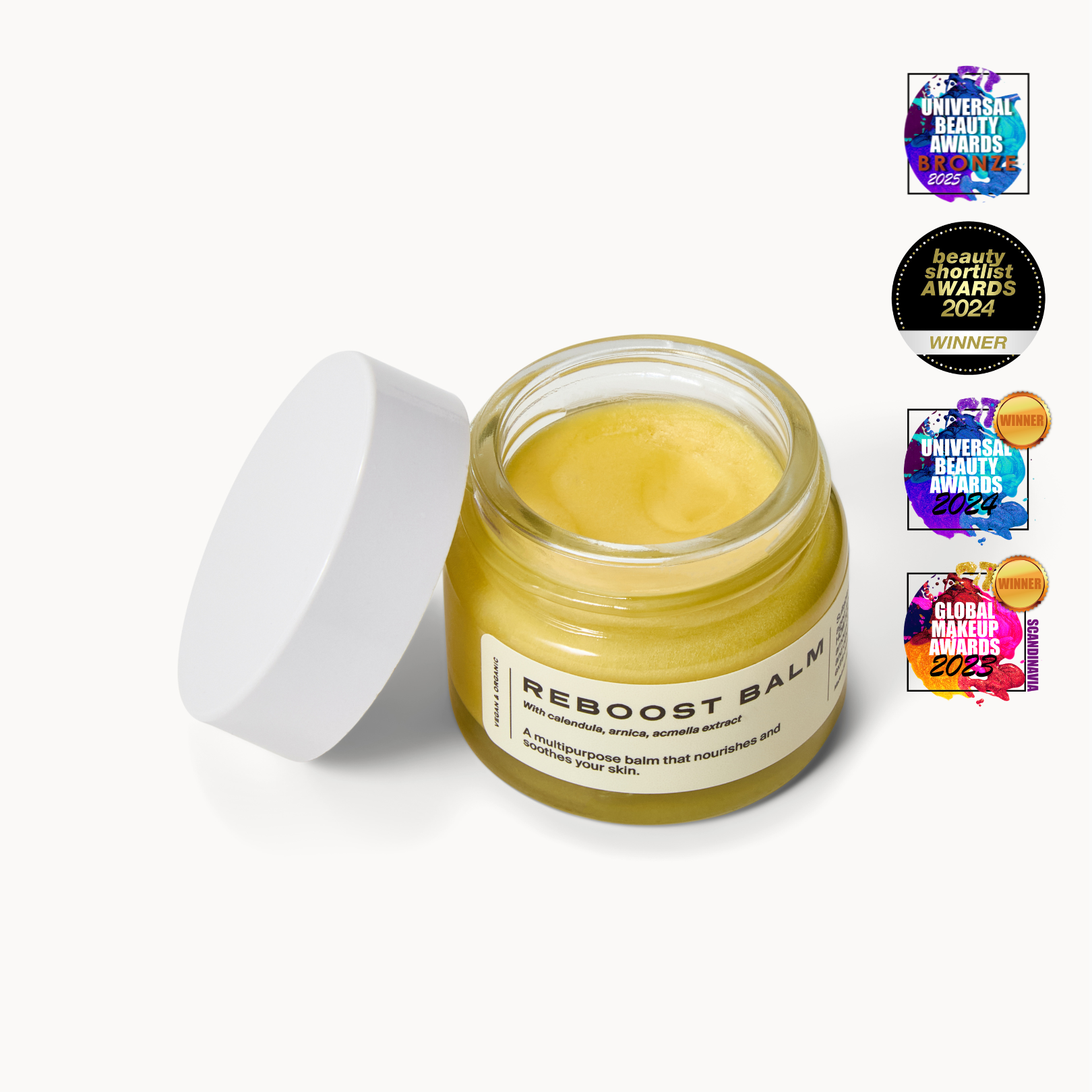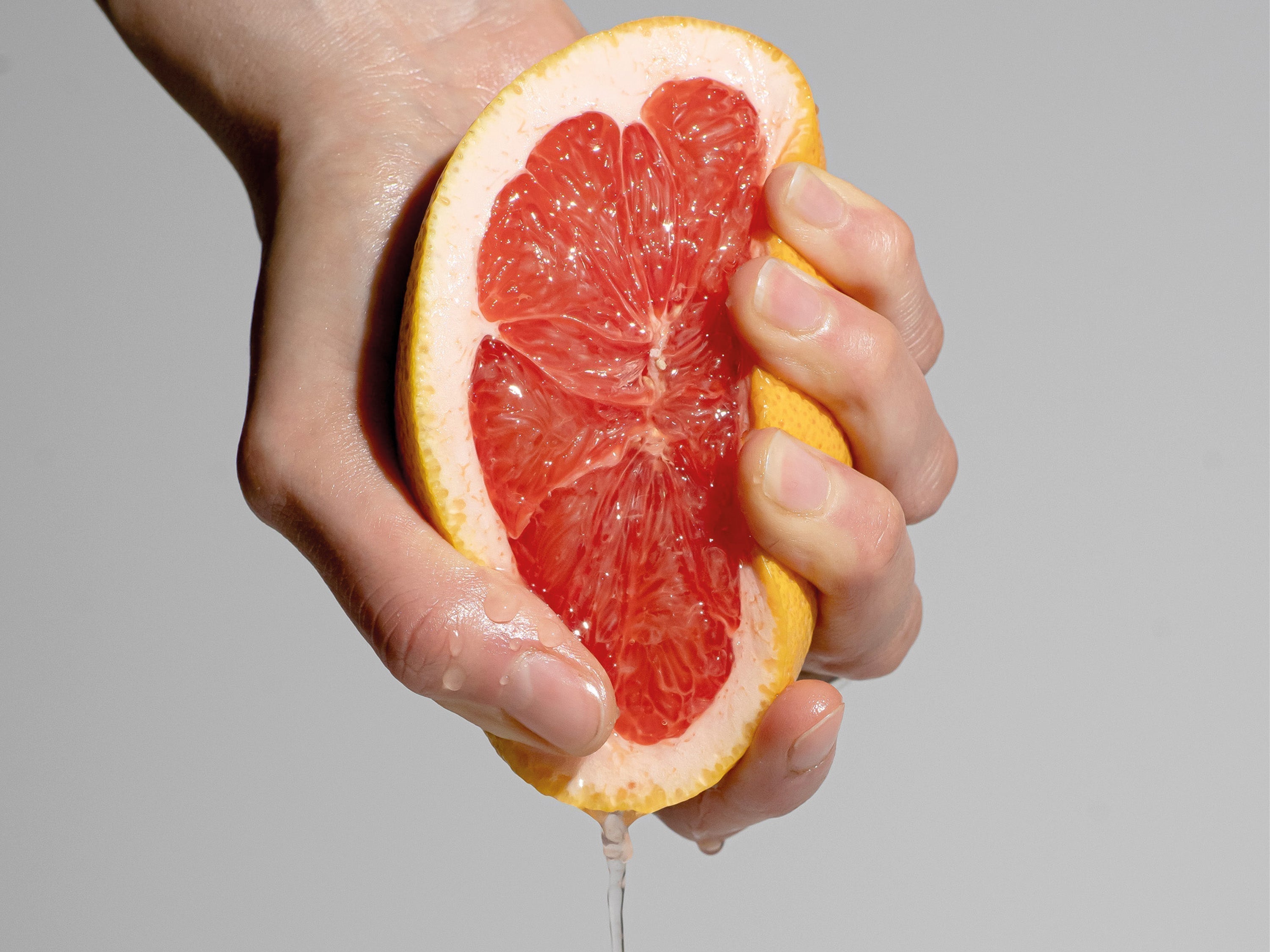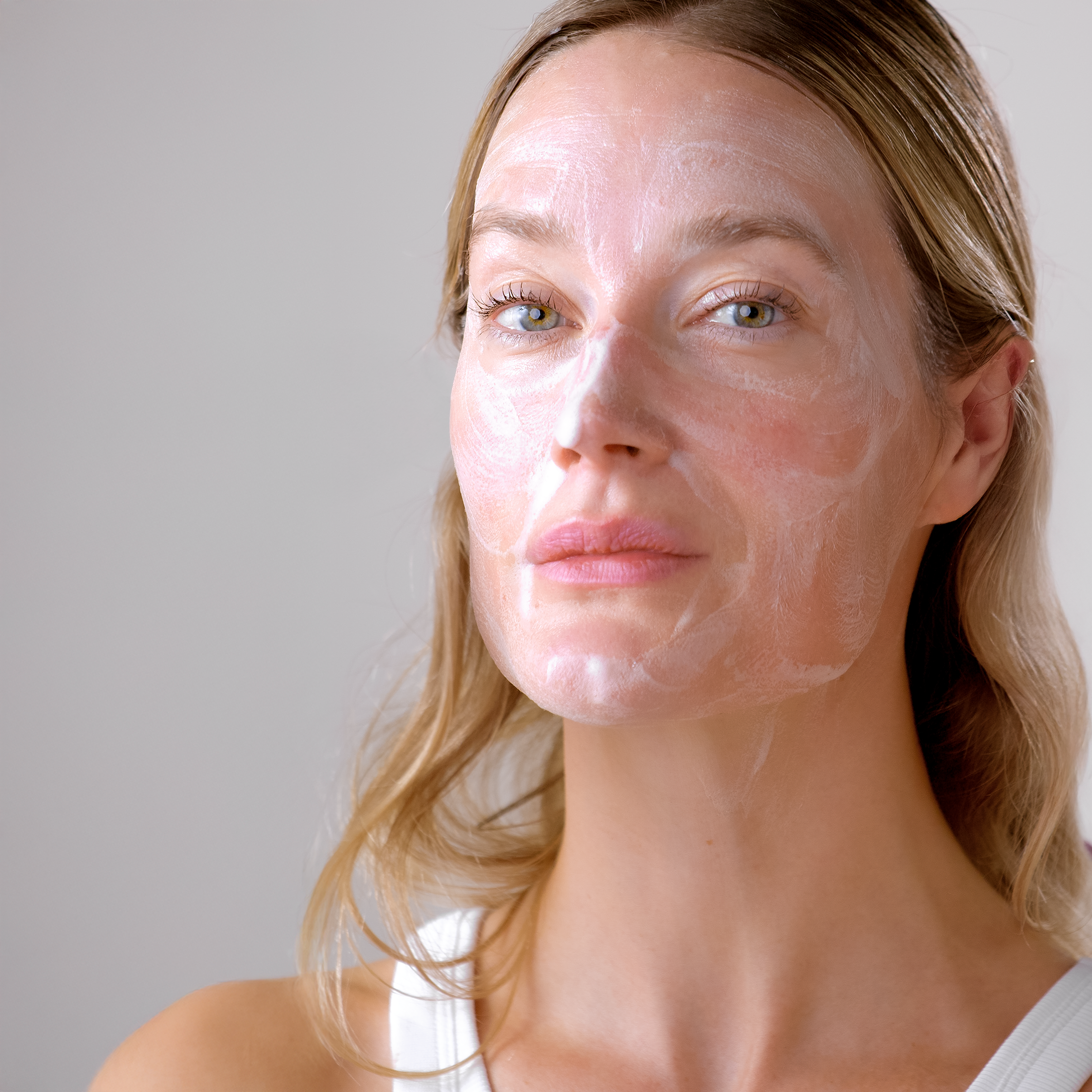PFAS in Skincare: A Hidden Health Risk We Can No Longer Ignore

Every day, we make choices about what we eat, what we drink, and how we care for our bodies. We read food labels, opt for organic produce, and avoid processed ingredients. But what about the products we apply to our skin? The lotions, serums, and makeup we trust to nourish and protect us—could they be harboring something harmful?
PFAS (per- and polyfluoroalkyl substances) are a group of synthetic chemicals commonly used in a variety of products, from waterproof clothing to non-stick cookware. Alarmingly, they have also found their way into skincare and cosmetics. These persistent chemicals don’t just sit on the surface; they are absorbed through the skin, entering our bloodstream and accumulating in our bodies over time. The consequences of this silent exposure could be far more serious than we realize.
The Unseen Consequences of PFAS
Scientific research, including studies from the Karolinska Institute, has confirmed that our skin is not an impenetrable shield—it absorbs much of what we apply to it. This means that the ingredients in our beauty products have the potential to affect our internal health. And for those with a genetically weaker skin barrier, the absorption rate is even higher.
PFAS exposure has been linked to a range of serious health concerns, including:
- Hormonal imbalances that disrupt the body's natural rhythm
- Liver disease, affecting the body’s ability to detoxify
- Reduced fertility, raising concerns for future generations
- Increased cancer risk, turning a beauty routine into a potential danger
If you wouldn’t trust it inside your body, why put it on your skin?
Choosing Beauty That Cares
Navigating the world of skincare can be overwhelming, but protecting yourself from PFAS and other harmful chemicals doesn’t have to be complicated. Here’s how you can make empowered, conscious choices:
1. Seek Out Trustworthy Certifications
Look for skincare products certified by Svanen (Nordic Swan Ecolabel), Bra Miljöval, Cosmos Organic or Ecocert Cosmos Natural. These labels ensure that the product meets rigorous health and environmental standards. Ecocert, for example, bans petrochemical ingredients, synthetic dyes, and artificial fragrances—elements often found in conventional beauty products.
2. Become an Ingredient Detective
The INCI (International Nomenclature of Cosmetic Ingredients) system may look complicated, but learning to spot red flags like PTFE (polytetrafluoroethylene) and perfluoroalkyl compounds will help you avoid hidden toxins. The more you know, the more power you have over what touches your skin.
3. Beware of “Greenwashing”
Many brands market their products as “natural” or “clean” without truly adhering to strict safety standards. A pretty label with leaves and earthy tones does not guarantee a non-toxic formula. Always verify that a product is backed by legitimate certifications.
4. Trust the Experts
If you’re uncertain about a product’s safety, reach out to regulatory bodies like the FDA, the EU’s ECHA or Sweden’s Läkemedelsverket. They provide guidance on ingredient safety and compliance, ensuring that you’re making informed choices.
The Future of Beauty: A Clean, Conscious Approach
PFAS do not simply wash away. They persist in our bodies, in the environment, and in the water we drink. Each mindful choice we make today—each PFAS-free product we choose—helps shape a healthier tomorrow. The beauty industry is evolving, and as consumers, we hold the power to demand safer, cleaner formulations.
Let’s redefine beauty. Not just as something that enhances appearance, but as something that nurtures, protects, and respects both our health and our planet.


